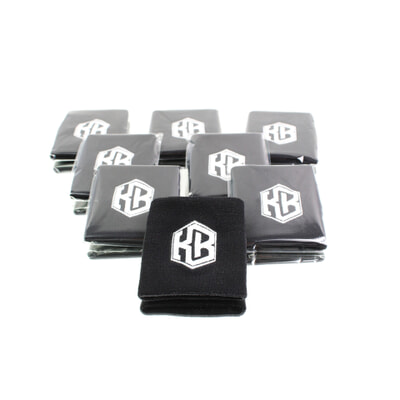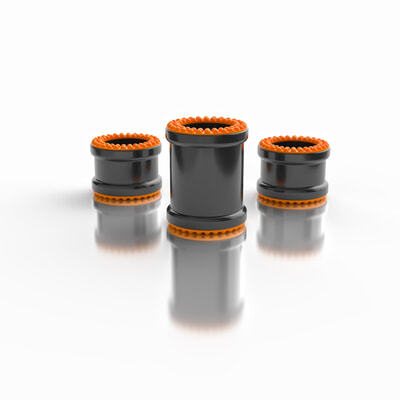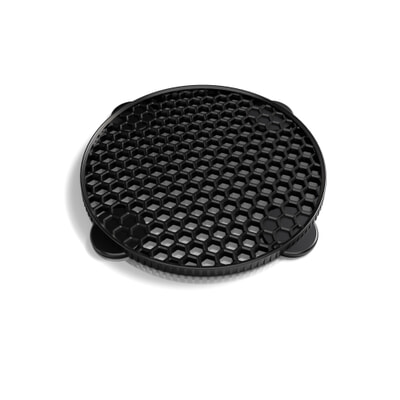Adjustable kettlebells have gained popularity among fitness enthusiasts, but are they really a good choice? The answer depends on several factors, including your workout goals, space availability, and the specific type of adjustable kettlebell you choose. In this guide, we’ll break down the pros and cons of adjustable kettlebells and help you determine whether they’re the right fit for your training routine.

Are Adjustable Kettlebells Good? Pros, Cons & How to Choose the Right One
What Are Adjustable Kettlebells?
Adjustable kettlebells are designed to allow users to change the weight by adding or removing plates, making them a versatile alternative to traditional fixed-weight kettlebells. This design can be beneficial for home gym users, personal trainers, or anyone looking for an all-in-one kettlebell solution.
Benefits of Adjustable Kettlebells
1. Space-Saving Design
Instead of purchasing multiple kettlebells, an adjustable version lets you swap weights within a single unit, reducing the amount of space required.
2. Cost-Effective
Buying a set of fixed kettlebells can be expensive. With an adjustable kettlebell, you get multiple weight options in one, making it a more budget-friendly investment.
3. Versatile for Different Workouts
Adjustable kettlebells allow you to switch between lighter weights for endurance exercises and heavier weights for strength training. This makes them great for:
- Swings (medium to heavy weights)
- Turkish get-ups (moderate weight)
- Goblet squats (heavy weight)
- Snatches and cleans (moderate to heavy weight)
4. Progressive Overload Made Easy
For strength progression, gradually increasing resistance is key. Adjustable kettlebells let you incrementally add weight, eliminating the need to buy a new kettlebell every time you level up.
5. Ergonomic Handle Design Matters
One of the most crucial aspects of a good kettlebell is the handle shape. If you want to train effectively, your kettlebell should allow for carpal grip (presa carpea). This grip is essential because it unlocks many movements and makes exercises more natural and efficient.
For those interested in flow workouts or ballistic movements like the snatch, the handle design becomes even more critical. A poorly shaped handle can cause discomfort, inefficient movement mechanics, or even injury. Rectangular or triangular handles often found on lower-quality adjustable kettlebells can be unsafe in certain situations, limiting your ability to train effectively.
6. Weight Range Flexibility
Another key factor to consider is the range of weights that the adjustable kettlebell can provide. Some exercises, including general fitness movements, require only light to moderate weights (12-16kg), while others, such as power swings, heavy goblet squats, and deadlifts, often require at least 20kg or more.
If an adjustable kettlebell does not offer enough weight progression, it may limit your ability to perform certain exercises effectively. Choosing a model with a wide range of weight increments ensures that you can scale your training appropriately without outgrowing the kettlebell too soon.
Downsides of Adjustable Kettlebell
1. Weight-Shifting Issues and Internal Stability of the Weights
Some adjustable kettlebells have a less compact design, causing slight instability when performing dynamic movements like snatches or jerks. Choosing a well-engineered model minimizes this issue.
All adjustable kettlebells make some compromises in terms of internal weight stability. This issue becomes particularly evident when:
- The weight plates are not inserted in the correct order (as there is often a predefined order for stability).
- The weight configuration allows for multiple setups, leading to gaps between plates.
Instability often arises when one or more internal plates are missing, and the remaining ones are larger than the ones removed. This can create a gap of a few centimeters between plates, which may lead to a shifting sensation, particularly in ballistic movements like swings or snatches.
Some kettlebell manufacturers attempt to minimize this issue by designing weight plates with a dual-slot system:
- The primary hole allows the plates to slide onto the internal rod.
- A secondary slot is designed to accommodate the securing nut, allowing it to sit partially embedded within the plate. This ensures the nut remains stable while still protruding slightly for easier loosening when needed.
However, even with these solutions, gaps between plates can still exist, requiring additional accessories to fill them and ensure greater weight stability. Solutions like special spacers or stabilizing components can help eliminate these gaps, making the kettlebell feel more like a fixed-weight version.
2. Handle Size and Shape: Not All Are Created Equal
As mentioned earlier, the handle’s ergonomics play a significant role in usability. Some adjustable kettlebells have bulky or oddly shaped handles, making carpal grip difficult or impossible. If the handle isn’t well-designed, your ability to perform key movements such as cleans, presses, and snatches will be compromised. This factor alone can determine whether an adjustable kettlebell is truly functional or just a gimmick.
3. Time-Consuming Adjustments: Modular vs. Composable Systems
Not all adjustable kettlebells have the same adjustment mechanism. There are two main types:
- Modular kettlebells: These allow for quick removal and replacement of weight plates, making them faster and more practical for workouts requiring frequent weight changes.
- Composable kettlebells: These usually require tools such as an Allen key (brugola) and a second key to unscrew the internal bolt that holds the weight plates in place. While this system is often more secure, it can be less practical during high-intensity sessions.
In composable kettlebells, the diameter of the bottom screw and the size of the Allen key make a difference. A small Allen key can be difficult to handle, especially during a tiring workout. Similarly, a poorly designed internal key or a bolt that doesn’t move smoothly within the threading system can significantly slow down weight changes and, over time, become frustrating. If opting for a composable kettlebell, choosing a model with ergonomic tools and a smooth locking mechanism is crucial for ease of use.
Conclusion: Is an Adjustable Kettlebell Right for You?
Adjustable kettlebells can be a great option for those looking for versatility, space efficiency, and cost-effectiveness, but they come with some compromises. If you train with a variety of weights and need a compact solution, they can be a solid investment. However, if you prioritize seamless transitions and a competition-style feel, a fixed-weight kettlebell might be the better choice.
If you’re considering an adjustable kettlebell with a well-balanced design, a practical adjustment system, and a good weight range, it’s worth taking a look at FlexiBell2 , which integrates these features to offer a smooth and efficient training experience.
FAQ: Common Questions About Adjustable Kettlebells
Q: Are adjustable kettlebells good for beginners?
A: Yes! They allow beginners to start with lighter weights and progressively increase resistance as they build strength.
Q: Can you do kettlebell swings with an adjustable kettlebell?
A: Absolutely, but stability is key. Choosing a well-balanced model reduces weight shifting during swings.
Q: What is the best weight range for an adjustable kettlebell?
A: It depends on your fitness level. Beginners: 8-16kg, intermediate: 12-24kg, advanced: 16-32kg.
Q: How do you prevent weight shifting in adjustable kettlebells?
A: Ensure the weight plates are arranged correctly and use stabilizing accessories if necessary.











